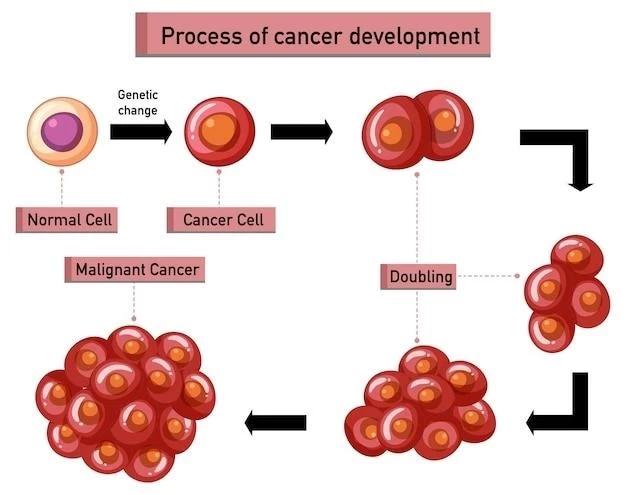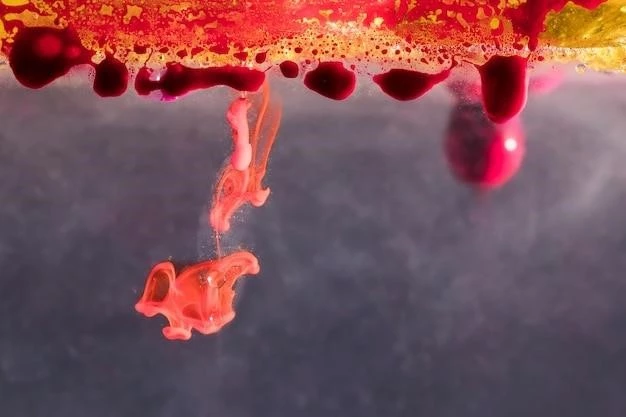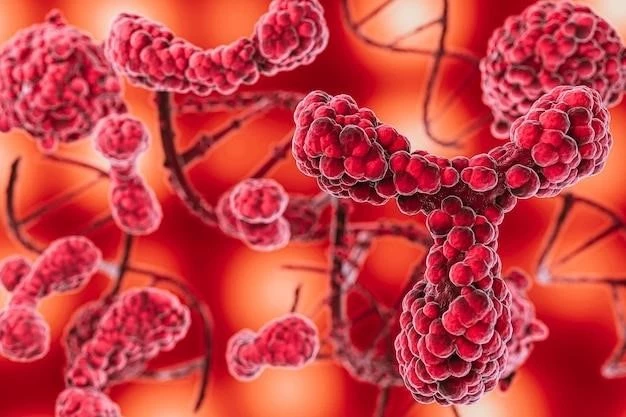Sinonasal teratocarcinosarcoma is an extremely rare malignant tumor arising in the sinonasal tract, having combined histological features of teratoma and carcinosarcoma. It primarily affects adults with a mean age of 50 years and presents challenges in both diagnosis and management.
Definition and Characteristics
Teratocarcinosarcoma is a rare and aggressive malignant tumor with unique histological features combining elements of teratoma, carcinosarcoma, epithelial, and mesenchymal tissues. It predominantly affects adults with a male predominance and has a poor prognosis due to uncontrollable local growth. The tumor arises in the nasal cavity and paranasal sinuses, presenting diagnostic challenges and requiring a multidisciplinary approach for effective management.
Clinical Features and Diagnosis
Sinonasal teratocarcinosarcoma typically presents in adults, predominantly males, with a mean age of 50. It exhibits a mix of epithelial and mesenchymal components, leading to diagnostic challenges.
Presentation in Patients
Sinonasal teratocarcinosarcoma primarily affects adults with a mean age of 50 years, displaying a male predominance. Common symptoms include nasal obstruction and recurrent epistaxis due to the aggressive nature of the tumor. The tumor’s heterogeneous composition poses challenges in diagnosis and treatment planning, requiring a multidisciplinary approach.

Management and Treatment Approaches
Sinonasal teratocarcinosarcoma is challenging to manage due to its rarity and aggressive nature. Treatment often involves a combination of surgical resection, radiotherapy, and possibly chemotherapy for advanced cases.
Optimal Therapeutic Strategies
Optimal therapeutic strategies for sinonasal teratocarcinosarcoma often involve a multimodal approach, including surgical resection to achieve complete or near-complete removal of the tumor, followed by adjuvant radiotherapy and possibly chemotherapy for locally advanced or metastatic disease. The choice of treatment depends on various factors, including tumor size, location, and extent of spread.
Prognosis and Survival Rates
Teratocarcinosarcoma has a poor prognosis with a 3-year survival rate of 40% due to uncontrollable local growth. It is a rare and aggressive malignant tumor, mainly affecting adults with a male predominance.
Survival Statistics
Teratocarcinosarcoma has a 3-year survival rate of 40%, reflecting its aggressive nature and poor prognosis. This rare malignancy predominantly affects adults with a male predominance, often presenting diagnostic and treatment challenges.
Sinonasal teratocarcinosarcoma research focuses on understanding its histogenesis, optimal treatment modalities, and improving diagnostic accuracy. Recent advancements aim to uncover the tumor’s unique characteristics for more personalized therapies.
Research and Advancements
Recent studies on sinonasal teratocarcinosarcoma focus on understanding its unique characteristics, optimal treatment modalities, and diagnostic challenges. Advances in research aim to enhance personalized therapies for this rare and aggressive malignancy.

Future Directions in Teratocarcinosarcoma
Future directions in teratocarcinosarcoma research aim to enhance understanding of its heterogeneity, develop personalized treatment strategies based on molecular characteristics, and explore novel targeted therapies to improve outcomes for patients.
Emerging Trends and Areas of Focus
Emerging trends in teratocarcinosarcoma research include investigating the molecular characteristics for personalized treatment approaches, exploring targeted therapies, and enhancing diagnostic accuracy through advanced imaging techniques. Areas of focus also include understanding the tumor’s heterogeneity and optimizing multidisciplinary treatment regimens for better patient outcomes.
